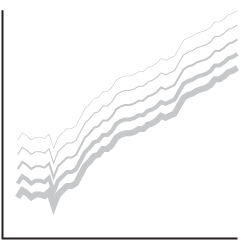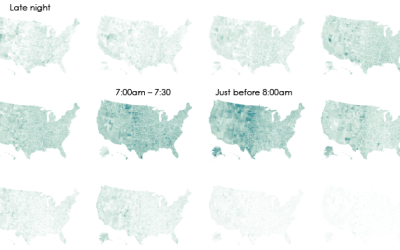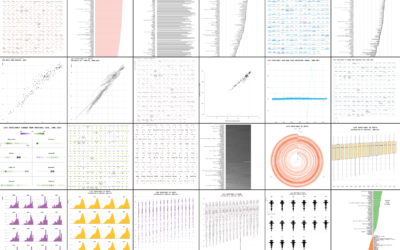Who Earns More Income in American Households?
As we know, more women are in the workforce now than there were in the 1970s. However, oftentimes men and women tend to work different types of jobs, which leads to differences in income. In households with male-female partners, it’s still much more common for the male to earn more than the female.
Based on data from the Census and the American Community Survey, we can see the differences more concretely. Again, looking at households with male-female partners (not necessarily married), 69 percent of males earned more than their female partner, and 24 percent of females earned more than their male partners. The percentages don’t add up to 100, because some partners record the same income, which I’m guessing are many family-run businesses.
Here is a more granular comparison, which plots the male income versus female income. When you flip between 1970 and 2015, you can see the increase in incomes overall and the distribution shifting sort of counter clockwise as women are earning more.
Or, if you prefer a less split view, here’s the change in the ratio of female income to male income. A ratio greater than one means the female makes more than their male partner. In 2000, the 75th percentile mark was right at the even line. By 2010, the ratio rose, but didn’t change much in between 2010 and 2015.
You can see a similar trend when you look at the percentage of males and females who did not earn an income. It’s interesting to see that quick fall for females between 1970 and 1990, from 42 to 20 percent, respectively. It’s still rare to see male-female households where only the female works.
Will the lines ever converge?
Become a member. Support an independent site. Get extra visualization goodness.
See What You Get






